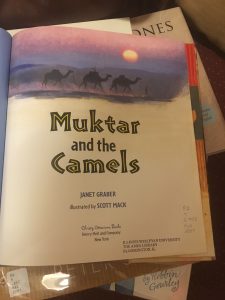Author(s), Illustrator/Photographer: bell hooks; illustrated by Chris Raschka.
Publisher and Year/Number of pages: Disney-Jump at the Sun Books, 2004, 30 Pages.
Genre: Fiction, Picture Book.
Descriptive Annotation: The cover features two pastel drawings of children’s hands (one white and one black) clasping each other over the image of a patchwork quilt of skin colors. Also included is a heart-shaped icon on the quilt itself, and all of these are shown in pastel colors. This is a combination of both standard unifying imagery used by mankind for millennia, and the use of children’s hands as innocent figures who don’t notice superficial man-made differences, which can be seen for the entirety of the picture book  .
.
Skin Again is the heartwarming story of a group of kids getting along famously despite their exterior differences, as they continually are told by the narrator, bell hooks, that “The skin I’m in is just a covering. It cannot tell my story” (hooks, pgs. 2-4). As the story goes on, it is evident that while this story is short on words due to its targeted young audience, it has plenty of heart, and indeed makes looking inside others’ hearts a key point of focus for the reader: “If you want to know who I am you have got to come inside” (hooks, p. 14). The whole of the story is about acceptance and loving others no matter what they may look like, and realizing that others are always coming from different places in their lives (and in the world) from you. Growing up in a predominantly white and Asian suburb of Chicago, Palatine, I wish I had had more books like this one to read, as they might have helped ease some of the tensions that arose between the northern and southern halves of the town based on race and class. Others should have read this as well, because even one person reading the book could have made a difference. Absorbing and understanding the messages described in this story would foster better understanding in any community, and seeing such harmonious relations between different races would be a useful antidote to our current racially-charged era. These lessons would certainly be useful for students reading this novel in the primary school classroom.
Classroom Application: In the book Skin Again, the characters are children of different races, based on the makeup of our nation, which would be ideal for instructing students from less racially or ethnically diverse communities. Different people from different settings are exposed to different realities on a daily basis, and that is more or less the theme that the book conveys. For instance, the last line of the book sums it up nicely: “For we are all inside made up of real history, real dreams, and the stuff of all we hope for when we can be real together on the inside” (hooks, pgs. 25-29). This demonstrates how people should simply be authentic with each other as well, as authenticity is key in forming long-term relationships. This is a teachable moment, since it’s hook’s way of saying that race and racism, or discrimination of any kind, is arbitrary. It’s not only bad for the human race to think this way-it can be fatal, as we saw at Charlottesville last year. In short, we need less racism in the world, and this book here offers a way to start the anti-racist process at an impressionable age.
Linguistic and Cultural Diversity Analysis: hooks covers the interactions between children of different skin colors in a unique and innovative way, making sure to include culturally sensitive clothes and hair for the children of each race without overdoing it in the story. Not many people have used a picturebook format to do so before, or in this manner that acknowledges the categories of race without letting them get in the way of harmony between disparate peoples: “The skin I’m in looks good to me. It will let you know one small way to trace my identity” (hooks, pgs. 11-12). This is necessarily true- the author’s motivation was to do exactly this when they wrote the text. Exasperation with people not being able to get this message with traditional mediums of literature likely drove bell hooks to write this book, and that is why 14 years later, this is still an excellent (but still largely singular of its type) piece of work. Another important message in this picture book is that the idea of forming perceptions based on race is misguided and skewered to a certain degree: “You can find all about me-coming close and letting go of who you might think I am” (hooks, pgs. 19-20). On those pages, a young black and young white boy are both pointing at one another from opposite pages, which is a metaphor for the pointing of fingers that happens all too much in today’s world. Such a metaphor may seem blatant and unnecessary to certain readers, but in the context of the age group that is reading this book, it is understandable that it is included to help eliminate biases at a tender age.
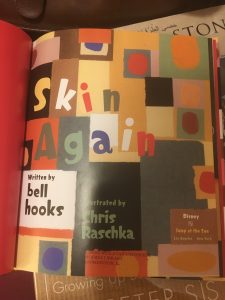
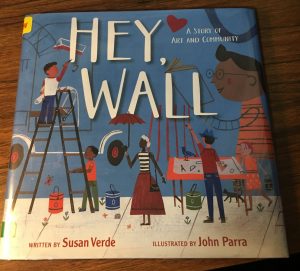



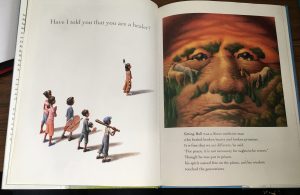






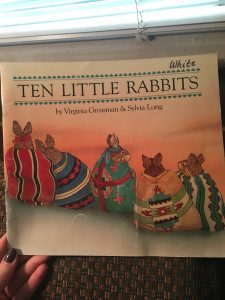

 .
.

